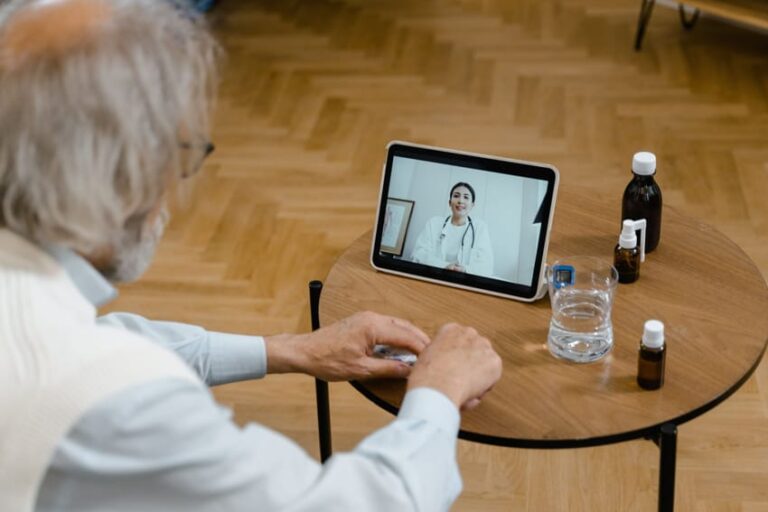what artificial Intelligence Skills can you Profit from.
Artificial intelligence (AI) is one of the most transformational technologies of our time. From machine learning to neural networks, major advances in AI are leading to its widespread adoption across industries. As organizations rapidly implement AI systems and tools, demand for AI skills is vastly outpacing supply. It’s estimated that by 2030, tens of millions more professionals with AI skills will be needed globally to avoid a major skills crisis. However, most educational institutions are lagging in providing adequate AI expertise.
Professionals Lack Hands on Machine Learning experiences
Even professionals with solid technical foundations often lack hands-on machine learning experience. This immense gap between the surging demand for tactical AI understanding and the limited supply of qualified individuals has created major career opportunities. Those able to skillfully use AI tools or teach others practical AI methodologies are uniquely positioned to deliver high value skills that organizations desperately need. The possibilities span working as AI specialists, consultants, coaches and teachers. As AI continues permeating society, the prospects in monetizing AI capabilities will only keep increasing as well.
training others on practical AI skills
Those with practical AI skills have immense opportunities training less savvy professionals or public audiences seeking to expand their understanding and capabilities. With surging corporate demand vastly outstripping supply of tactical AI talent, huge openings exist providing hands-on learning around leveraging AI tools effectively.
Additional sizable prospects lie in consulting organizations on best practices implementation guides tailored to common business challenges ripe for AI solutions. Beyond internal roles, independent AI fluency instructors and coaches can offer tremendous value.
With flexible delivery models, strong positioning and practice conveying complex topics clearly, AI experts at nearly all levels can translate specialized skills into substantial income streams. Individual tutoring, online courses, offline workshops, operational guides and more represent conduits to monetize expertise around today’s most lucrative AI knowledge gaps.
The greatest rewards come through focusing educational content sharply on the pragmatic AI capabilities highest in demand. With strategic curriculum crafted to directly empower professionals or public interest groups in skill-building, AI teachers and trainers can drive significant impact while benefiting financially.
understanding In-Demand AI Skills.
2. The Rise of Telemedicine Companies.
Pioneering Companies
The technology-fueled emergence of the telehealth industry has birthed an array of pioneering companies and platforms exclusively dedicated to delivering care through virtual and digital mediums, rather than just supplemental hospital system initiatives. Often referred to as telemedicine startups or virtual first care companies, these ventures represent a powerful trend of digitally native healthcare business models attuned fully to remote patient engagement from their infrastructure up.
Key telemedicine trailblazers include formally venture-funded unicorns like Teladoc Health, which has risen from being simply the main telehealth SaaS vendor to assuming an expansive care delivery role itself through aggressive M&A. Notable rivals include Amwell and Doctor on Demand, which similarly went public in response to COVID-era market appetite. Meanwhile, mental health platforms like TalkSpace have specialized solely around digital therapy appointments and found success. Large health systems are compelled to compete by acquiring more agile pure-play telemedicine firms rather than internal build capability.
While still an emerging field, the rise of dedicated telehealth pioneers has forced the hands of incumbents to follow suit in rapidly enabling virtual access channels. The result is an ascendant ecosystem of healthcare 2.0 companies fundamentally differentiating themselves through optimized user experiences, transparent pricing models, seamless coordination, and overall patient-centricity – while most crucially using remote care methods as their ultimate competitive edge. Their influence will only continue expanding care’s digital transformation.
major providers
The telehealth field features both digital health pure-play disruptors and with virtual offerings from established medical organizations. Leading pure-play providers include Teladoc Health, Doctors on Demand, and American Well (Amwell), which have amassed multi-million member bases through expansive telemedicine offerings focused on in-network virtual primary, chronic and specialist care. Usage of their platforms boomed during peak COVID times, with Teladoc reportedly conducting over 10 million virtual visits by the end of 2020.
Adoption Metrics
Adoption metrics specific to the US market indicate telehealth utilization peaked at nearly 38% of consumers using services in 2020, up from just 11% and stagnating metrics pre-pandemic. While this has leveled closer to 21% into 2022, it still reflects drastic permeation into consumer healthcare habits post-COVID versus historically. Notably, behavioral health reflects the highest specialty telemedicine adoption at over 75%. Behavioral health is another term for mental health. Overall, behavioral health means considering a patient holistically across mental, emotional, social, and decision-making capacities – not just the absence of mental illness. It ties closely to notions of resilience and human thriving. The applied field aims to help people achieve fulfilling lives despite stressors.
Software, hardware, and devices enabling virtual visits
Software
Fundamental to delivering a quality telehealth consultation is robust software powering seamless video conferencing, compliance with healthcare data protections, integration with medical records, and tools to collect patient health inputs. Popular platforms include Doxy.me, VSee, thera-Link, and Amazon Chime specifically for telemedicine. Features like screen sharing, notes, and file uploads make remote diagnosis possible.
Hardware
From a technology standpoint, hardware elements like internet bandwidth, computer/device webcam quality, microphone functionality, and WiFi connection strength also significantly factor into virtual visit reliability. Optimized in-clinic telehealth carts typically use dual screens, specialty cameras, and Bluetooth medical device pairing for remote monitoring and diagnostic peripherals.
Data Collection Devices
Expanding telehealth capabilities also involves supplemental measurement and data collection devices used in tandem with consultations. Connected blood pressure cuffs, scales, thermometers, pulse oximeters, and glucose monitors allow vital tracking between visits. Paired mobile apps build health dashboards. Several FDA-approved mobile devices like AliveCor’s KardiaMobile EKG transmitter enhance clinicians’ diagnostic accuracy without in-person presentment. This is rounded off with the availability of home test kits.
While software lays communication/security groundwork and hardware provides connectivity, emerging supplemental devices create opportunities to gather, share, and evaluate patient health data in ways previously requiring physical appointments. The interplay of these technical workflow components underpin telemedicine delivery modalities.

key steps for developing a telehealth business,
1 For clinicians and healthcare entrepreneurs interested in offering telemedicine services, the first step entails getting fully credentialed to practice medicine remotely in compliance with state licensure policies, DEA registrations, and liability coverage requirements, which vary across geographic regions. Selecting an established telehealth provider partner can streamline this process. Certification courses also exist to learn clinical best practices.
2. Technology Side. On the technology side, configuring HIPAA-compliant platforms for securely hosting virtual visits and protecting sensitive patient information is paramount. Turnkey software as a service options eliminate the need for custom development. However, mapping out integrations with pharmacy systems, medical billing tools and health records databases is beneficial for seamless coordination and care continuity. Tablets and diagnostic peripherals also help collect and share pertinent health data.
3. Independant Practicioner’s.When preparing to launch, an independent practitioner should outline the nature of remote services specializing in areas like chronic care management for seniors, pediatric health, nutrition advice, or counseling. Business model decisions around fee structures for self-pay vs insured clients also take shape. Meanwhile, medical directors at larger telemedicine companies oversee provider hiring strategies and clinical standardization.
4. Bookings. As telehealth offerings open for booking, processes solidify around appointment reminders, patient pre-screening procedures, visit documentation protocols and follow-up sequence. Marketing to acquire patients remains ongoing through search optimization, community partnerships and referral programs. Over time, ancillary services get added to meet demand.The key is identifying frequent needs cropping up for telehealth patient bases and creating offerings to serve those needs synergistically with core virtual visit services, making engagement frictionless.

In Conclusion, A People First Approach to Making money online.
A people first approach to making money online, will always increase your profits. Your readers can relate to you, because they know that you understand their challenges. You give them clarity and clear call to action. When people are confused they tend to be like rabbit’s caught in headlights, they freeze and do nothing.








